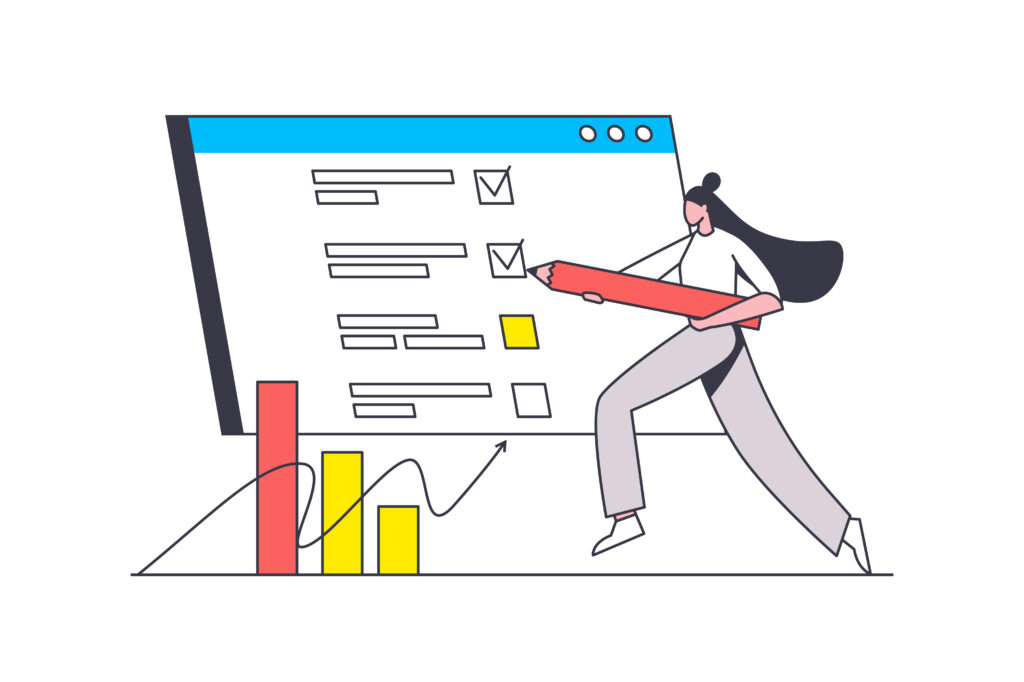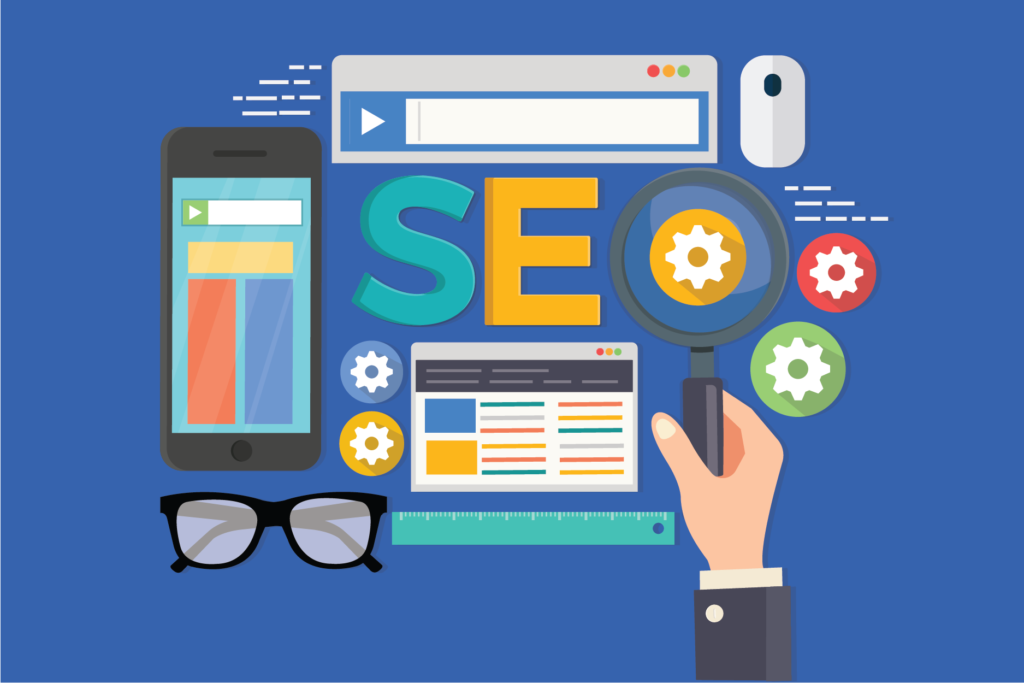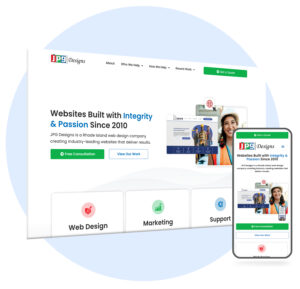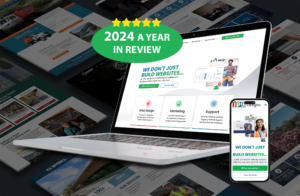In today’s digital age, a modern website is crucial for businesses looking to increase their leads and grow. The internet is the first place potential customers go to find information about services and products, making your online presence more important than ever. A well-designed, fast, and responsive website can significantly boost your business by driving more traffic, building trust, converting visitors, optimizing lead funnels, and ranking higher in search engine results. Let’s delve into how these elements work together to increase leads for your business.
More Traffic Leads to More Opportunities
A modern website that is fast and well-indexed by search engines is essential for driving traffic. Speed is a critical factor because users expect websites to load quickly. If your website takes too long to load, visitors are likely to leave and look for information elsewhere. Google and other search engines also prioritize fast websites, making speed a vital component of search engine optimization (SEO).
When your website loads quickly and is optimized for search engines, it gets indexed more effectively. This means that search engines can understand the content on your site better and rank it higher for relevant queries. Higher rankings lead to more visibility, and more visibility means more traffic. With increased traffic, you have more opportunities to convert visitors into leads and customers.
Building Trust Through Your Online Presence
A professional and modern website helps build trust with potential customers. When visitors land on your site, they should immediately feel that your business is credible and trustworthy. This can be achieved through a clean design, clear messaging, and showcasing your expertise and services.
Key elements that build trust include:
- Professional Design: A well-designed website reflects the quality of your business. It should be visually appealing, easy to navigate, and consistent with your brand.
- Testimonials and Reviews: Featuring customer testimonials and reviews can significantly enhance your credibility. Positive feedback from satisfied customers reassures new visitors that your business delivers on its promises.
- Certifications and Awards: Displaying industry certifications and awards can further build trust by showcasing your expertise and recognition in the field.
- Secure Browsing: Ensure your website is secure with HTTPS. A secure site protects user data and signals to visitors that their information is safe with you.
Converting Visitors with Good Contact Forms and Offerings
To convert website visitors into leads, you need effective contact forms and enticing offerings. Your website should make it easy for visitors to get in touch with you or express interest in your services.
Here are some tips for optimizing your contact forms and offerings:
- Simplify Forms: Keep your contact forms simple and to the point. Ask for essential information only, such as name, email, and phone number. The easier it is for visitors to fill out the form, the more likely they are to do so.
- Call-to-Action (CTA) Buttons: Use clear and compelling CTA buttons that stand out on your pages. Phrases like “Get a Free Quote,” “Schedule a Consultation,” or “Contact Us Today” encourage visitors to take the next step.
- Special Offers: Offering something of value can entice visitors to provide their contact information. This could be a free eBook, a discount on services, or a free consultation. Make sure your offer is relevant and valuable to your target audience.
- Multiple Contact Options: Provide various ways for visitors to contact you, such as phone numbers, email addresses, and live chat. This ensures that visitors can choose the method they are most comfortable with.
Optimized Pages Funnel Potential Customers into Leads
Your website should be designed to guide visitors through a journey that leads to conversion. This involves optimizing your pages to funnel potential customers towards taking action.
Here’s how to create effective lead funnels:
- Landing Pages: Design dedicated landing pages for specific campaigns or services. These pages should be highly focused, with a clear value proposition and a strong call to action.
- Content Strategy: Develop a content strategy that addresses the needs and pain points of your target audience. By providing valuable content, you can engage visitors and move them closer to conversion.
- User Experience (UX): Ensure that your website is user-friendly and intuitive. Visitors should be able to find information easily and navigate your site without frustration.
- Follow-Up Systems: Implement systems to follow up with leads, such as automated email sequences or CRM integration. This helps nurture leads and move them through the sales funnel.
Ranking Higher in SEO to Drive Organic Leads
SEO is a powerful tool for driving organic traffic to your website. By optimizing your site for search engines, you can attract visitors who are actively searching for the services you offer.
Key SEO strategies include:
- Keyword Research: Identify the keywords and phrases your potential customers are using to search for your services. Use these keywords strategically in your content, meta descriptions, and titles.
- Quality Content: Create high-quality, informative content that addresses the needs of your audience. Search engines prioritize content that provides value and answers users’ queries.
- On-Page SEO: Optimize your on-page elements, such as title tags, meta descriptions, headers, and images. Ensure that your site is structured in a way that is easy for search engines to crawl and understand.
- Backlinks: Build backlinks from reputable websites in your industry. Backlinks signal to search engines that your site is authoritative and trustworthy.
- Local SEO: If you are a local business, optimize your site for local search by including location-based keywords and claiming your Google My Business listing.
Responsive and Mobile-Friendly Design
With the majority of web traffic now coming from mobile devices, having a responsive and mobile-friendly website is crucial. A responsive website adapts to different screen sizes, ensuring that your site looks and functions well on all devices.
Benefits of a mobile-friendly website include:
- Improved User Experience: A responsive design provides a seamless experience for users, regardless of the device they are using. This reduces bounce rates and keeps visitors on your site longer.
- Higher Rankings: Search engines, particularly Google, prioritize mobile-friendly websites in their rankings. A responsive design can help you rank higher and attract more organic traffic.
- Increased Conversions: Mobile users are more likely to convert if they have a positive experience on your site. Make sure your contact forms, CTA buttons, and other conversion elements are easily accessible on mobile devices.
- Broader Reach: A mobile-friendly site allows you to reach a wider audience. As more people use their smartphones and tablets to browse the web, a responsive design ensures that you can capture this growing segment of traffic.
Conclusion
A modern website is a powerful tool for increasing leads and growing your business. By driving more traffic through speed and effective indexing, building trust with a professional online presence, converting visitors with optimized contact forms and offerings, guiding potential customers through well-designed lead funnels, ranking higher in search engine results, and ensuring a responsive, mobile-friendly design, you can create a website that not only attracts visitors but also converts them into loyal customers.
Investing in a modern website is not just about staying current with design trends; it’s about leveraging technology to achieve your business goals. By focusing on these key elements, you can turn your website into a lead-generating machine that drives sustained growth for your business.








